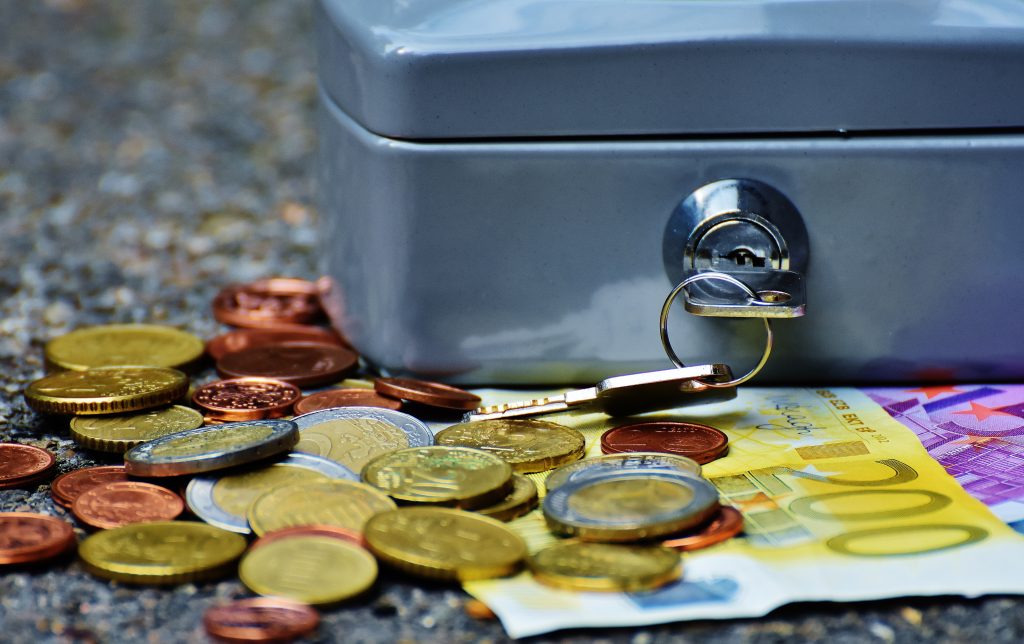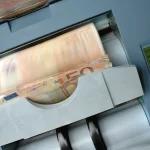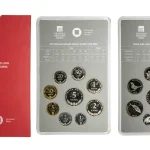Poslovni reports. “The initial package of euro coins contains 33 coins, three coins of 2 and 1 euro, 5 of 20, 50 and 10 cents, 3 of 5 cents, 4 of 2 cents, and 5 of 1 cent. The total value is 13.28 euros, and our citizens will be able to get it for exactly one hundred kunas in all branches of banks, post offices, and Fina”, said Mavricek.
“They must not be used for payment until January 1, 2023,” he emphasized for N1.
He also clarified why these euro coins are not allowed to be used by citizens and why they would not be valid in, for example, Slovenia. With the first of January, the euro becomes a means of payment.
“Until then, citizens could have problems if they pay with these coins, and they could also receive a fine because it is not a legal means of payment until then,” said Mavricek.
He states that this is one of the last steps to prepare for introducing the euro in Croatia. He also referred to euro banknotes. “All the necessary quantities of euro banknotes are in our vaults; they are already being distributed to the banks.”
He added that ATMs would be adjusted in December to dispense euros from January. “From January 15, the entire network of ATMs will dispense euros.”
Mavricek mentioned another critical change that will facilitate the transition to the euro. “The CNB has agreed with the banks that from December 15, the fee for withdrawing banknotes from ATMs of other banks will be abolished, for kuna until the end of December, and for euros from January 1 to 15.”
What will happen to kuna coins after the changeover to the euro?
“From the first of October, when we urged our citizens to deposit extra kuna in banks, coins started to arrive, and they will be taken care of safely. This means that in three years, they will be sold as secondary raw materials when they cease to be a means of payment. It is a huge logistical task, and it takes time,” Mavricek said, adding that kuna coins can also be recycled into euros.
“We will process and cut the banknotes on the banknote processing systems, and then the rest will be taken care of,” he concluded.
For more, make sure to check out our dedicated Lifestyle section.











